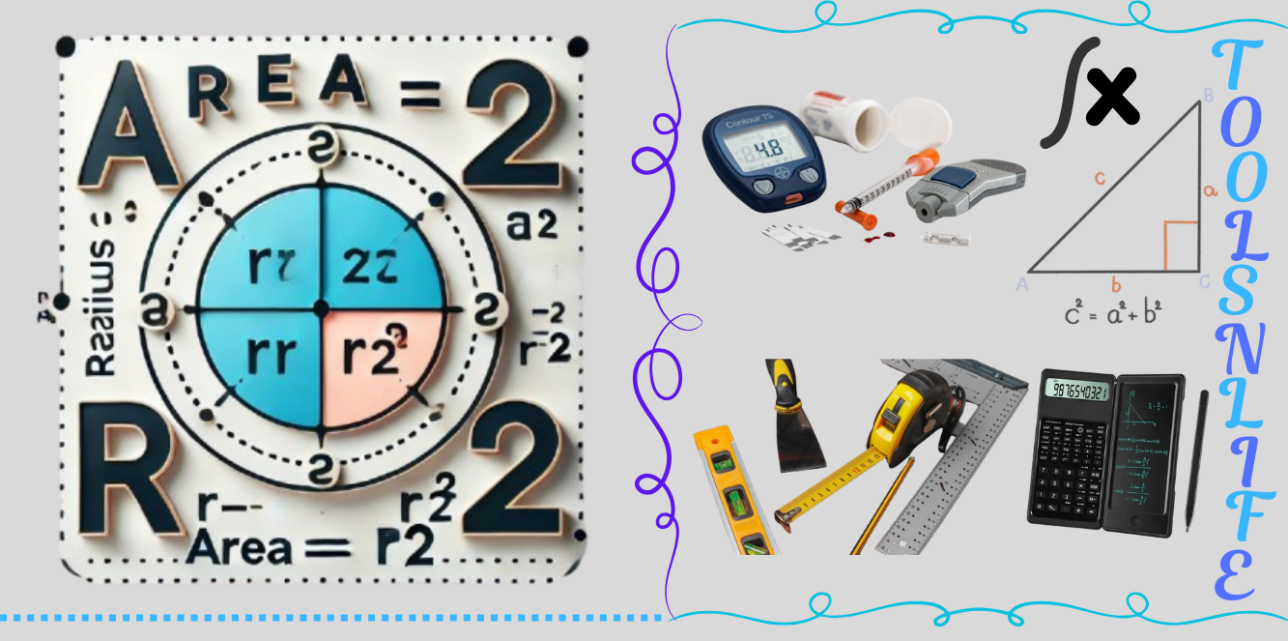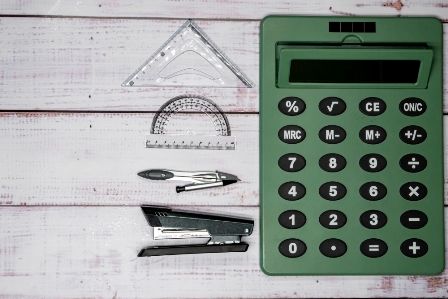Practical Applications of Circle Area Calculations
Understanding how to calculate the area of a circle has numerous practical applications across various fields:
- Construction & Engineering: Determining materials needed for circular structures, pipes, or columns
- Landscaping: Calculating irrigation coverage for circular zones or garden bed areas
- Manufacturing: Determining material requirements for circular components
- Education: Helping students grasp fundamental geometric concepts
- Home Projects: Calculating paint needed for circular surfaces or flooring for round rooms
The History of π (Pi) in Circle Calculations
The mathematical constant π (pi) has fascinated mathematicians for millennia. Ancient Babylonian, Egyptian, and Greek mathematicians all approximated π using various geometric methods. Archimedes of Syracuse (287-212 BCE) was the first to calculate π with considerable accuracy using a polygon approximation method.
Today, we know π is an irrational number approximately equal to 3.14159, though computers have calculated it to trillions of digits. This fascinating number remains essential for circle calculations across mathematics, physics, and engineering.
Common Calculation Mistakes & How to Avoid Them
Based on our experience teaching geometry concepts, here are the most frequent errors people make when calculating circle area:
- Confusing radius with diameter: Remember, the radius is half the diameter
- Forgetting to square the radius: Area = π × r² (not π × r × 2)
- Unit conversion errors: Ensure consistent units throughout calculations
- Using incorrect π precision: For most practical purposes, 3.1416 is sufficient
Pro Tip: When measuring real-world circles, measure the diameter instead of the radius for greater accuracy, then divide by 2 to get the radius.
Frequently Asked Questions
The formula A = πr² derives from the definition of π as the ratio of a circle’s circumference to its diameter. Ancient mathematicians discovered that regardless of a circle’s size, this ratio remains constant. Through geometric proofs involving dividing a circle into sectors and rearranging them into a near-rectangle, the area formula emerges naturally from this constant ratio.
Yes! If you know the circumference (C) of a circle, you can find the area without knowing the radius directly. First, find the radius using the formula r = C/(2π), then calculate area using A = πr². Alternatively, you can use the direct formula A = C²/(4π).
The precision needed depends on your application:
- For everyday calculations: 3.14 or 22/7
- For engineering projects: 3.1416
- For precision scientific work: 5+ decimal places
Our calculator uses JavaScript’s built-in Math.PI property, which is precise enough for virtually all practical applications.






